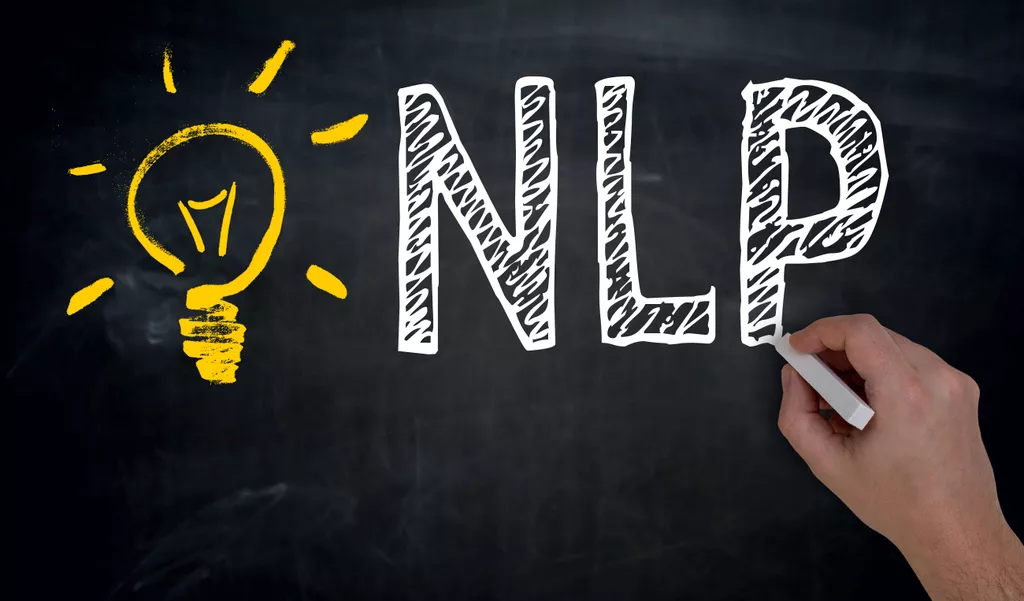
As an example, in the sentence The book that I read is good, “book” is the subject, and “that I read” is the direct object. Semantic analysis is a type of linguistic analysis that focuses on the meaning of words and phrases. The goal of semantic analysis is to identify the meaning of words and phrases in order to better understand the text as a whole.
A reference is a concrete object or concept that is object designated by a word or expression and it simply an object, action, state, relationship or attribute in the referential realm (Hurford 28). The function of referring terms or expressions is to pick out an individual, place, action and even group of persons among others. In ‘When Daughter Becomes a Mother’ the article has used various declarative sentences which can be termed propositions.
Study Sets
Lexicon-based sentiment analysis is an easy approach to implement and can be customized without much effort. The formula for calculating sentiment scores could, for example, be adjusted to include frequencies of neutral words and then verified to see if this has a positive impact on performance. Results are also very easy to interpret, as tracking down the calculation of sentiment scores and classification is straightforward.
The Transformation of Library and Information Science through AI – Down to Game
The Transformation of Library and Information Science through AI.
Posted: Tue, 06 Jun 2023 22:06:11 GMT [source]
This method can directly give the temporal conversion results without being influenced by the translation quality of the original system. Through comparative experiments, it can be seen that this method is obviously superior to traditional semantic analysis methods. Machine translation of natural language has been studied for more than half a century, but its translation quality is still not satisfactory. The main reason is linguistic problems; that is, language knowledge cannot be expressed accurately.
b. Training a sentiment model with AutoNLP
It then creates a dataset by joining the positive and negative tweets. In the data preparation step, you will prepare the data for sentiment analysis by converting tokens to the dictionary form and then split the data for training and testing purposes. In this tutorial you will use the process of lemmatization, which normalizes a word with the context of vocabulary and morphological analysis of words in text. The lemmatization algorithm analyzes the structure of the word and its context to convert it to a normalized form.
How To Collect Data For Customer Sentiment Analysis – KDnuggets
How To Collect Data For Customer Sentiment Analysis.
Posted: Fri, 16 Dec 2022 08:00:00 GMT [source]
Learn about Epic and Cerner EHR, two major vendors, and which one to choose for your health information management project. Read about the potential of Smart EMR and learn how this cutting-edge solution can transform how healthcare providers work. Read this post to learn about safety strategies and their real-world value. Ultimately, this contributes to the further polish of the service and strengthening of customer engagement by providing them with what they need.
Top sentiment analysis use cases
To perform this comparison, we start by setting the column containing the contributors’ annotations as the target column for classification, using the Category to Class node. Next, we use the Scorer node to compare the values in this column against the lexicon-based predictions. We’re now ready to start the fun part and calculate the sentiment score (StSc) for each tweet. Next, we count the frequency of each tagged word in each tweet with the TF node. This node can be configured to use integers or weighted values, relative to the total number of words in each document.
What is an example of semantics in child?
Many children make mistakes when they initially create semantic knowledge. For example, a child might think “cat” refers to any animal, and will continue to learn more about the word “cat” the more often he or she sees a parent or other communication partner use the word.
Although the function clearly bears some close relationship to the equation (6), it’s a wholly different kind of object. We can’t put it on a page or a screen, or make it out of wood or plaster of paris. We can only have any cognitive relationship to it through some description of it-for example the equation (6). For this reason I think we should hesitate to call the function a ‘model’, of the spring-weight system. There are two techniques for semantic analysis that you can use, depending on the kind of information you want to extract from the data being analyzed. Lexical semantics plays an important role in semantic analysis, allowing machines to understand relationships between lexical items like words, phrasal verbs, etc.
Discover More About Semantic Analysis
The process enables computers to identify and make sense of documents, paragraphs, sentences, and words as a whole. The first part of semantic analysis, studying the meaning of individual words is called lexical semantics. It includes words, sub-words, affixes (sub-units), compound words and phrases also.
This reduces the size of the dataset and improves multi-class model performance because the data would only contain meaningful words. Vendors that offer sentiment analysis platforms include Brandwatch, Critical Mention, Hootsuite, Lexalytics, Meltwater, MonkeyLearn, NetBase Quid, Sprout Social, Talkwalker and Zoho. Businesses that use these tools to analyze sentiment can review customer feedback more regularly and proactively respond to changes of opinion within the market.
Google’s semantic algorithm – Hummingbird
Various customer experience software (e.g. InMoment, Clarabridge) collect feedback from numerous sources, alert on mentions in real-time, analyze text, and visualize results. Text analysis platforms (e.g. DiscoverText, IBM Watson Natural Language Understanding, Google Cloud Natural Language, or Microsoft Text Analytics API) have sentiment analysis in their feature set. Natural language processing is the field which aims to give the machines the ability of understanding natural languages. Semantic analysis is a sub topic, out of many sub topics discussed in this field. This article aims to address the main topics discussed in semantic analysis to give a brief understanding for a beginner.
- These models use deep learning architectures such as transformers that achieve state-of-the-art performance on sentiment analysis and other machine learning tasks.
- The main difference between them is that in polysemy, the meanings of the words are related but in homonymy, the meanings of the words are not related.
- Sentiment analysis is critical because it helps businesses to understand the emotion and sentiments of their customers.
- As the result, sentiment analysis gives an additional perspective on various parts of the business operation, which allows us to understand what the target audience needs, thinks, feels can be improved, and so on.
- This is like a template for a subject-verb relationship and there are many others for other types of relationships.
- The mechanics of both workflows are very similar, but there are a few key differences.
Semantic analysis alone is insufficient forNLP to interpret entire sentences and texts. The main goal of sentiment analysis is to automatically determine whether a text leaves a positive, negative, or neutral impression. It’s often used to analyze customer feedback on brands, products, and services found in online reviews or on social media platforms.
3 Data Preparation for ESA
A concrete natural language is composed of all semantic unit representations. A semantic analysis is an analysis of the meaning of words and phrases in a document or text. This tool is capable of extracting information such as the topic of a text, its structure, and the relationships between words and phrases. Following this, the information can be used to improve the interpretation of the text and make better decisions. Semantic analysis can be used in a variety of applications, including machine learning and customer service.

Semantic analysis tech is highly beneficial for the customer service department of any company. Moreover, it is also helpful to customers as the technology enhances the overall customer experience at different levels. These documents contain all the information we need for our lexicon-based analyzer, so we can now exclude all the other columns from the processed dataset with the Column Filter node. Sentiment Analysis is one of those technologies, the usefulness of which wholly depends on the understanding of its capabilities.
The Use Of Semantic Analysis In Interpreting Texts
With text analysis platforms like IBM Watson Natural Language Understanding or MonkeyLearn, users can automate the classification of incoming customer support messages by polarity, topic, aspect, and priority. Since it’s better to metadialog.com put out a spark before it turns into a flame, new messages from the least happy and most angry customers are processed first. Satalytics, for example, groups feedback by device, customer journey stage, and new or repeat customers.
All the words, sub-words, etc. are collectively known as lexical items. The semantic analysis creates a representation of the meaning of a sentence. But before deep dive into the concept and approaches related to meaning representation, firstly we have to understand the building blocks of the semantic system. It’s an essential sub-task of Natural Language Processing (NLP) and the driving force behind machine learning tools like chatbots, search engines, and text analysis.
Semantic analysis creates a representation of the meaning of a sentence. But before getting into the concept and approaches related to meaning representation, we need to understand the building blocks of semantic system. QuestionPro is survey software that lets users make, send out, and look at the results of surveys. Depending on how QuestionPro surveys are set up, the answers to those surveys could be used as input for an algorithm that can do semantic analysis. It is a crucial component of Natural Language Processing (NLP) and the inspiration for applications like chatbots, search engines, and text analysis using machine learning. Customers benefit from such a support system as they receive timely and accurate responses on the issues raised by them.
What is an example of semantic in communication?
For example, the words 'write' and 'right'. They sound the same but mean different things. We can avoid confusion by choosing a different word, for example 'correct' instead of 'right'.
What are the 3 kinds of semantics?
- Formal semantics.
- Lexical semantics.
- Conceptual semantics.

